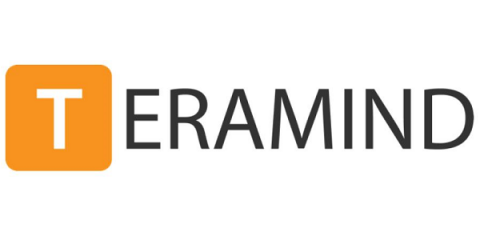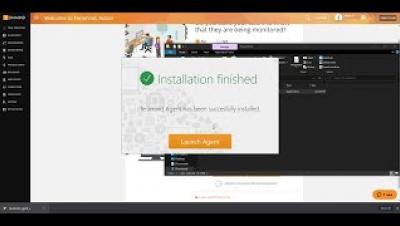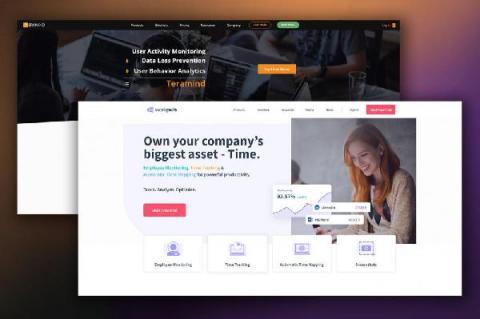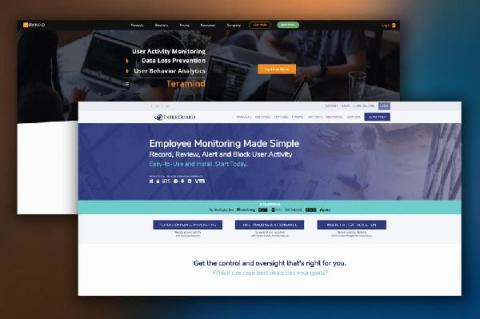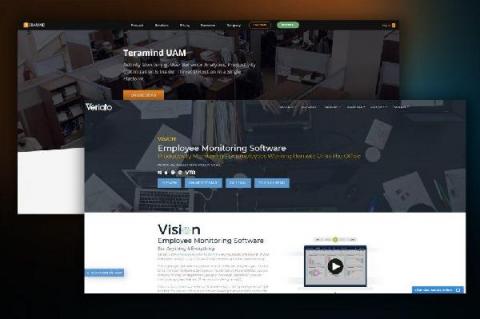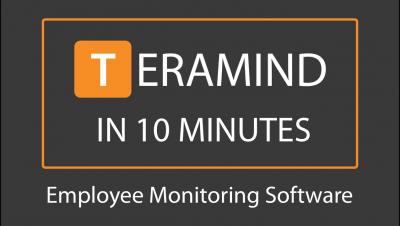Top Four Best Practices for Remote Employee Monitoring
Many organizations only embrace cybersecurity as a bottom-line business priority after years of unprecedented, expensive and significant data breaches and cybersecurity incidents. More than 80% of small and medium-sized businesses (SMBs) view IT security as a top business concern, and 75% of corporate executives rank cybersecurity enhancements as a pressing issue in the year ahead.


